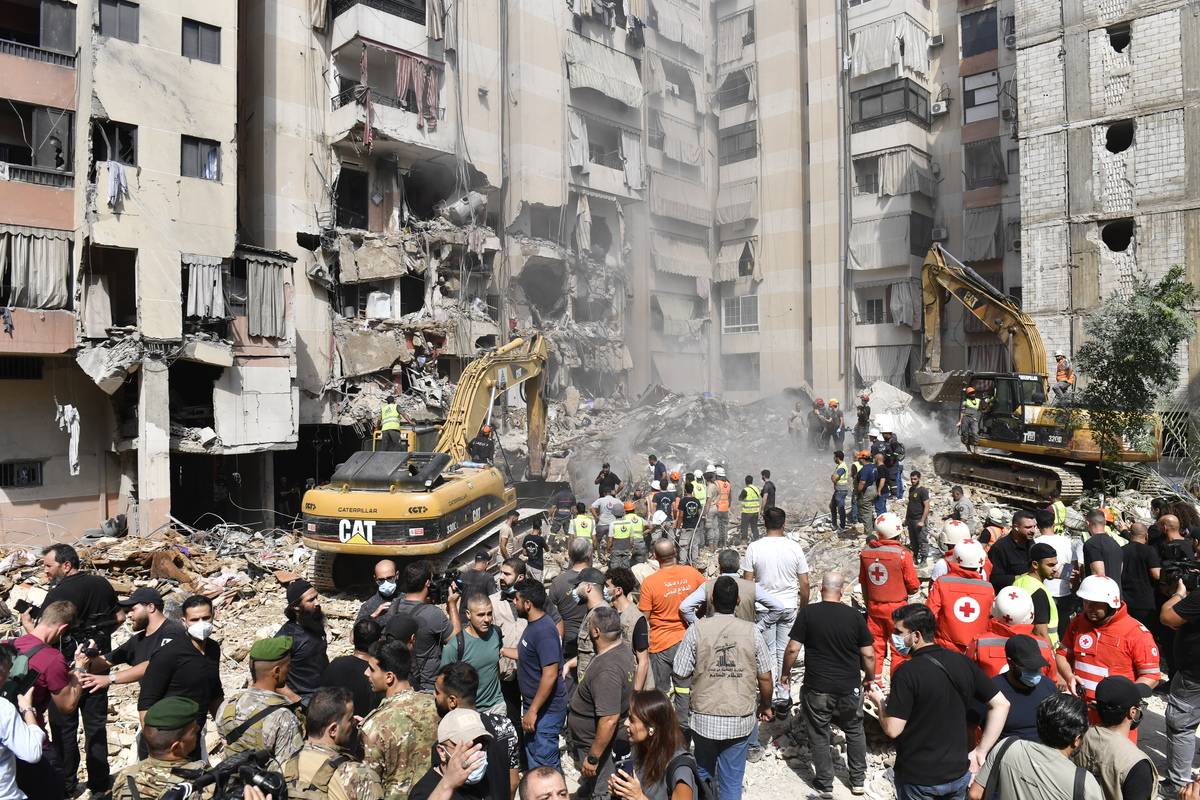📰 Ceasefire or Calm Before the Storm? Coping With Global Whiplash
Harvest & Harmony | Part 3 in our Mental Health in Global Crisis Series
🌍 Middle East Ceasefire Anxiety: What Happens Next
After nearly two weeks of escalating attacks, a Middle East ceasefire has been announced between Iran, Israel, and the U.S. This fragile truce followed missile strikes on Iranian nuclear sites, retaliatory attacks on Tel Aviv, and heightened global alertness.
While headlines suggest de-escalation, emotionally, many people are still holding their breath. Across the U.S. and beyond, there’s a surge in global war anxiety, as people process what just happened — and fear what might come next.

📍 Beirut, Lebanon — Civilians and rescue teams gather at the site of an Israeli air strike. This raw moment captures the human toll of conflict and why even distant headlines can leave us shaken.
🧠 The Mental Health Impact of Global Conflict
Even when we’re physically far from the battlefield, emotionally and neurologically, we are affected. That’s because our brains respond to crisis — even through a screen — as real danger. Constant exposure to alarming content floods our nervous systems.
This often leads to:
- Persistent worry and emotional numbness
- Trouble sleeping or focusing
- Panic attacks, social withdrawal, or fatigue
- Helplessness or guilt for not “doing more”
- Compulsive news checking
These are classic war anxiety symptoms — and they’re part of what psychologists call vicarious trauma.
🔗 Read more about vicarious trauma in Part 1 of our series →

🧠 Global war anxiety can feel all-consuming — especially when it’s fueled by constant breaking news. This image shows the real emotional toll of the US–Iran–Israel conflict, where even distant headlines trigger vicarious trauma and nervous system stress.
📊 Vicarious Trauma During War Headlines: What the Research Shows
You’re not imagining it — your nervous system is doing exactly what it’s wired to do in moments of perceived threat.
Here’s what the research says:
- APA reports that over 70% of U.S. adults say global news contributes to emotional exhaustion.
- NCTSN confirms exposure to graphic conflict causes vicarious trauma, especially in youth.
- Harvard researchers show nature exposure and screen breaks help reduce anxiety.

🧘♀️ Use this 5‑4‑3‑2‑1 grounding technique to reconnect with your body and calm anxiety. Especially helpful during global events when the nervous system feels overwhelmed by uncertainty.
🛠️ How to Cope With Conflict Stress (Without Numbing Out)
Feeling overwhelmed by the U.S.–Iran–Israel conflict? You’re not alone. These steps can help you regain emotional footing:
✋ 1. Limit News Exposure
Check the news twice a day. Avoid graphic visuals and doomscrolling. Turn off push notifications to reduce news stress mental health tips overload.
🌿 2. Practice Grounding
Try the 5-4-3-2-1 technique (5 things you see, 4 you can touch…) to anchor yourself in the present moment.
💛 3. Talk It Out
Whether it's therapy, community, or journaling, naming your emotions reduces anxiety. Feeling triggered is valid — and sharing that is powerful.
🍃 4. Reconnect With Nature
Even a short walk or standing barefoot outside has benefits. This small habit is one of the most effective mental health tools during global conflict.
🧍 5. Focus on Micro-Actions
Send a kind message. Support a cause. Light a candle. Purpose and action help balance out helplessness.
🔮 More on the Mental Health Impact of Global Conflict
We’ll keep updating you with tools and reflections to help you process this ongoing crisis — especially as the headlines continue to shift.
In the next post, we’ll explore:
- How to talk to kids about war without scaring them
- PTSD symptoms resurfacing for veterans and survivors
- Community care and hope-centered activism
- Updates from the U.N. and humanitarian relief orgs
🔗 Catch up on Part 2 about managing anxiety during active conflict →
🔗 Sources & Coverage
📌 Harvest & Harmony is your sanctuary for grounded insight, especially when the world feels unstable. Our goal isn’t just to report — it’s to help you recover. 🌿


